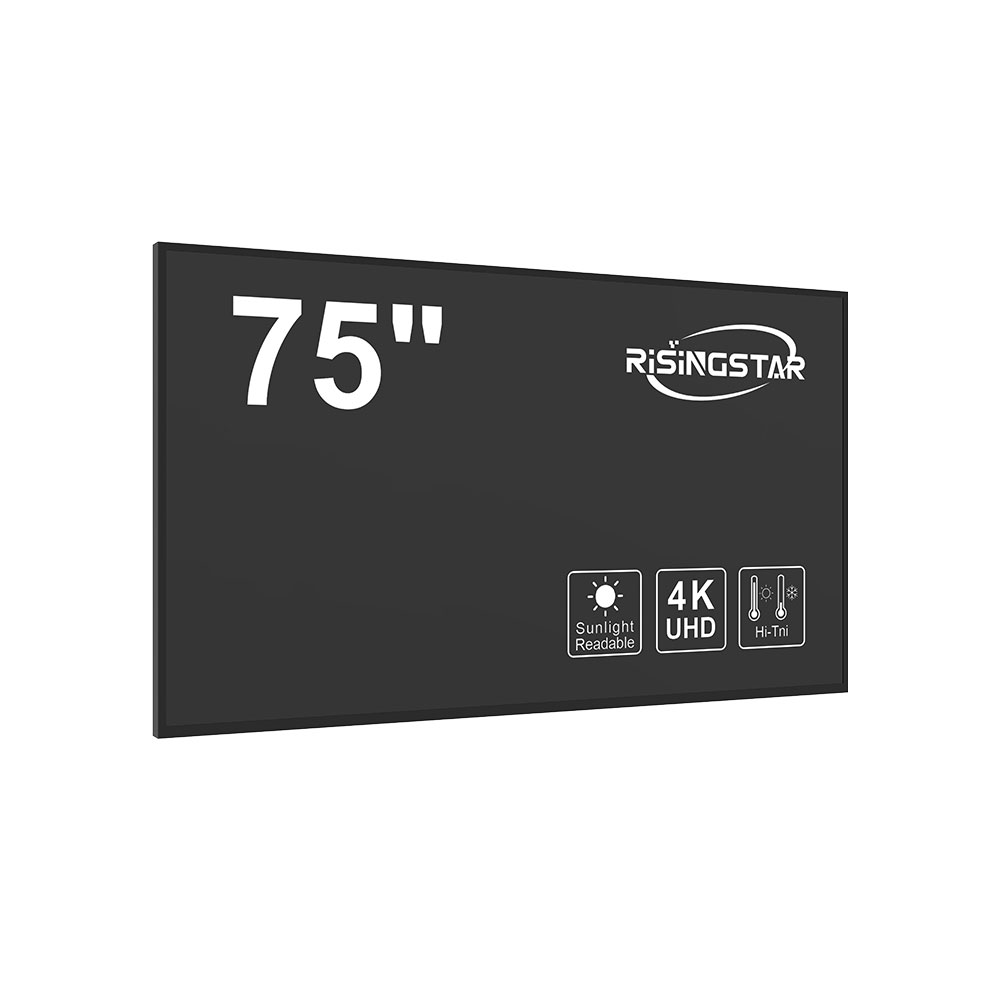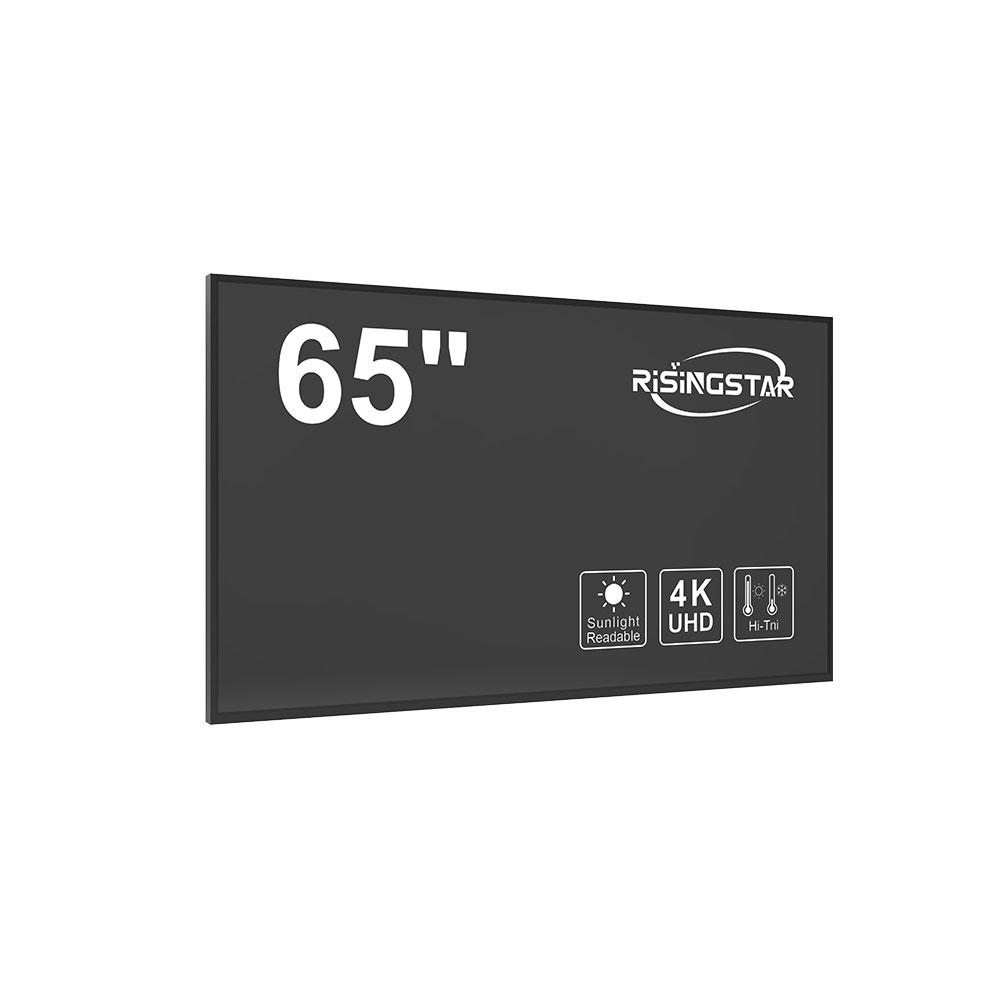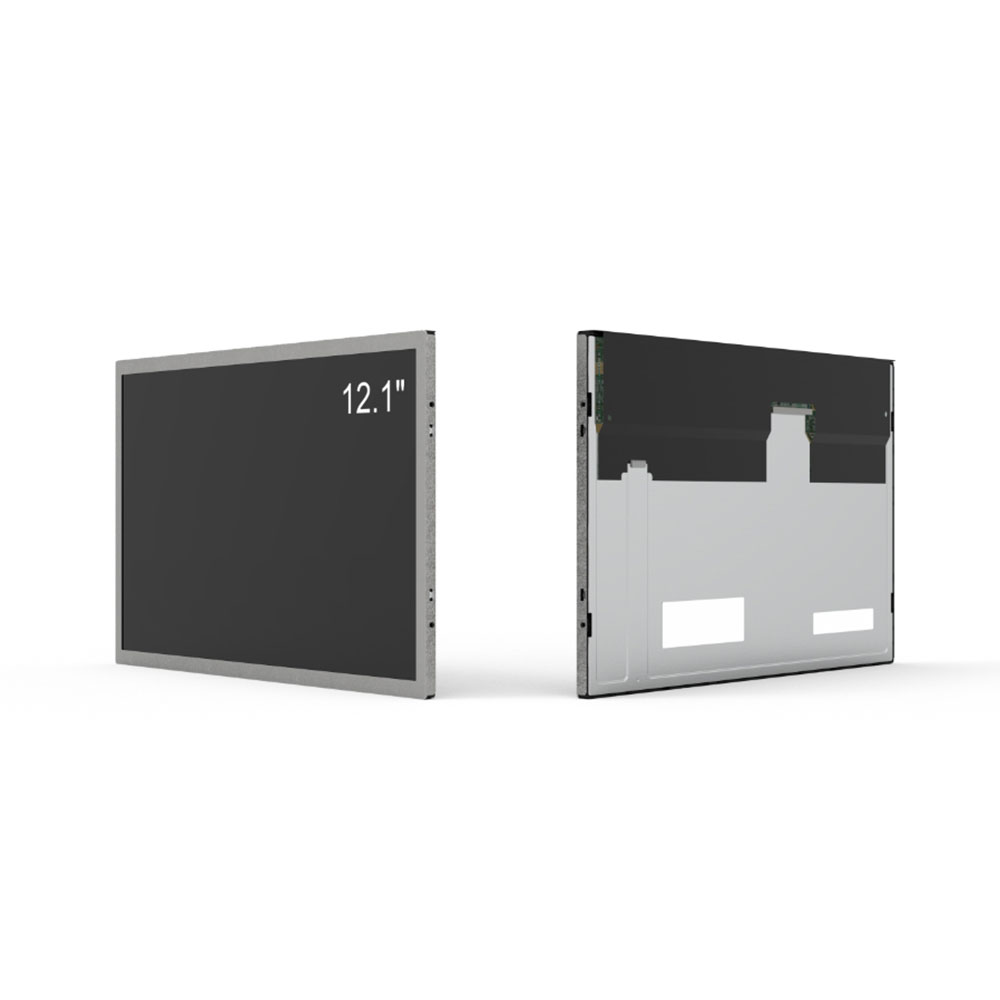- Home
- About Us
- Products
- News
- Video
- Contact
- Send Inquiry
Search
- Home
- About Us
- Products
- News
- Video
- Contact
- Send Inquiry

Mura issues represent one of the most persistent and visually disruptive challenges in the manufacturing and deployment of high-brightness sunlight-readable LCD screens—critical components in military, aerospace, outdoor industrial, and automotive applications. The term “mura” originates from Japanese, meaning "blemish" or "imperfection," and in display technology, it refers to non-uniformity in brightness, color, or grayscale across the screen surface. Unlike typical pixel defects such as dead pixels, mura manifests as subtle yet noticeable patches or patterns that degrade visual quality—even under bright ambient light conditions where uniformity is paramount.
High-brightness sunlight-readable LCDs (often exceeding 5,000 nits) are engineered for visibility in direct sunlight using advanced backlighting technologies like LED arrays with local dimming, reflective polarizers, and anti-glare coatings. However, these enhancements can exacerbate mura if not properly controlled during design and production. According to a 2023 report by Display Supply Chain Consultants (DSCC), approximately 12–18% of high-end LCD panels fail initial mura inspection—a figure that rises significantly when considering field performance over time due to aging, thermal cycling, and mechanical stress.

Common types of mura include:
- Brightness mura: Uneven luminance across the panel, often appearing as dark or light spots.

- Color mura: Variations in color temperature or saturation, especially noticeable in grayscale transitions.
- Pattern mura: Repeating or grid-like artifacts caused by misalignment in backlight units, diffusers, or optical films.

The root causes of mura are multifaceted and span material science, process engineering, and system-level integration. For instance, uneven phosphor distribution in LED backlights, inconsistent diffusion film bonding, or variations in liquid crystal cell gap thickness all contribute. A case study from Samsung Display (2022) revealed that a 2% variation in cell gap across a 15-inch display could lead to measurable mura in full-white scenes, even with sophisticated gamma correction algorithms.
Modern solutions involve both hardware and software innovations. On the hardware side, manufacturers employ precision coating techniques such as atomic layer deposition (ALD) for uniform optical layers and machine-vision-based quality control systems that detect mura at sub-millimeter scales. On the software side, adaptive calibration routines—like those implemented in Apple’s ProMotion displays—are now being adapted for industrial-grade screens. These algorithms dynamically adjust local brightness based on real-time image content, effectively masking minor mura effects without compromising overall contrast or power efficiency.
Furthermore, ISO 13406-2 standards provide baseline guidelines for display uniformity testing, though they do not fully address mura-specific defects in extreme-brightness environments. Industry leaders like LG Display and BOE Technology have begun developing proprietary metrics such as “Mura Index Score” (MIS), which quantifies mura severity using image processing models trained on thousands of defect samples. This metric enables more consistent sorting of panels for high-reliability applications where even slight deviations matter.
For end-users deploying sunlight-readable LCDs in mission-critical environments—such as UAVs, command centers, or offshore drilling rigs—the impact of unresolved mura extends beyond aesthetics. Inaccurate perception of color gradients can affect data interpretation in medical imaging, military targeting, or industrial diagnostics. Therefore, rigorous pre-deployment screening, environmental stability testing, and predictive maintenance protocols are essential.
In summary, addressing mura in high-brightness sunlight-readable LCDs requires an integrated approach combining advanced materials, precise manufacturing processes, intelligent software compensation, and standardized evaluation methods. As demand grows for ruggedized displays capable of operating reliably under harsh conditions—from desert heat to Arctic cold—the ability to minimize and manage mura will remain a critical differentiator among global display manufacturers.